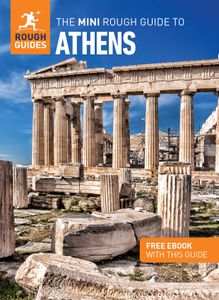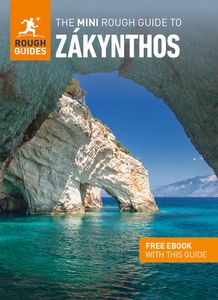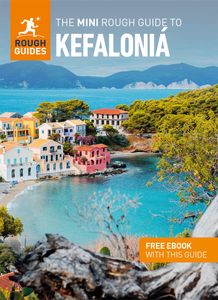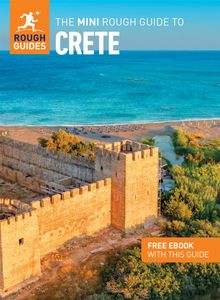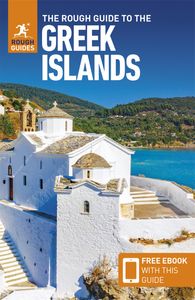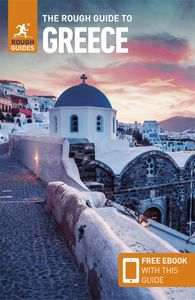Most visitors stay in the port, Livádhi, which is set in a wide greenery-fringed bay and handy for most of the island’s beaches. The usually calm bay is a magnet for yachts, here to take on fresh water which, despite its barren appearance, Sérifos has in abundance.
The very attractive curve of Avlómonas, the long Livádhi town beach, has the advantage of overlooking the inland capital, so that when you’re swimming in the sea you have a great inland view. Heading away from the dock, climb over the southerly headland to reach Livadhákia, a golden-sand beach, shaded by tamarisk trees.
A further ten-minute stroll across the southern headland brings you to the smaller Karávi beach, with its clear, blue-green waters, but no shade or facilities.
Find more accommodation options to stay in Sérifos
10. Náxos: the happiest of Greek islands
Náxos is the largest and most fertile of all the Cyclades islands and with its green and mountainous inland scenery, it appears immediately dissimilar to its neighbours. Today Náxos could easily support itself without visitors by relying on its production of potatoes, olives, cheese, grapes and lemons, but it has thrown in its lot with mass tourism, so that parts of the island are now almost as busy as Páros in season.
The island has plenty to see if you know where to look: the highest peak in the Cyclades, intriguing central valleys, a spectacular north coast and long, marvellously sandy beaches on the southwest coast. It is also renowned for its wines, cheese and kítron, a sweet liqueur distilled from the leaves of this citrus tree and available in green, yellow or clear varieties depending on strength and sugar level.




















